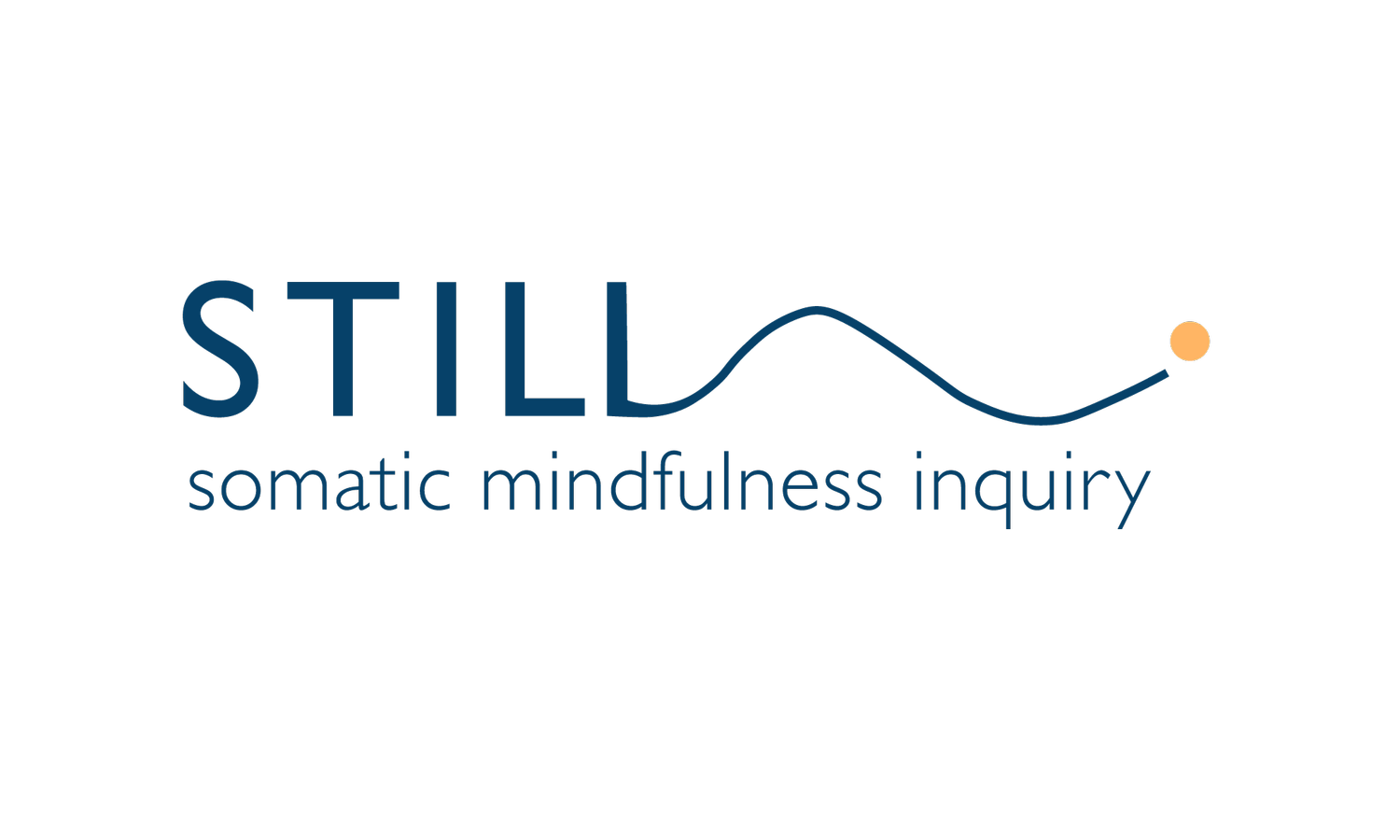Mama Bear Energy
Don’t get between a mother bear and her cubs! Her protection is swift and merciless. If she sees you as a threat, she takes you out.
Our fierce inner protector has more options than the mama bear standing on her hind legs and roaring her warning. How does safety work in modern life?
Do you lash out verbally or physically when you feel threatened? You read the look on someone’s face as contempt, or their words as way to shame you and put you in your place. You do what you have to do to keep them from winning and gaining power over you. When you lose, you plan revenge. When you shut them down, you win.
You send someone a private work email where you make a suggestion and the other person retaliates in an email cc’d to your boss and half the company listing all the ways you are wrong. You don’t make that mistake again and avoid that person going forward.
Someone hurts your child or friend and you leap to their defense. They don’t get to mess with someone under your protection. They back off or else. Or we long for someone to sweep us away to safety in his arms like Kevin Costner in The Bodyguard. These are all common examples of our protective responses of fight/flight/freeze/fawn.
Escape through flight when we’re a child might look like spending most of our childhood outside with friends or their family. We can’t physically win a fight with adults and our angry words can also bring punishment down on us. Fawning might help – being “mama’s little helper” or teacher’s pet. In childhood, disconnecting was one of our few options. Part of us goes into freeze that can last well into our adult life.
We also have less obvious layers of protection that relates to our “parts” and unconscious mind.We “leave the scene” emotionally to protect ourselves from feeling hurt and this often means we are not in tune with our body. We get overly involved with thinking. This could be a tsunami of catastrophic worst-case scenario fears, or we might be caught up in rants of self-righteous indignation. We find creative ways to avoid the feelings of hurt, abandonment and helplessness that are stored as energy, feelings and sensation in our body.
We clench our teeth. We have a painful, blocked feeling in our throat that prevents us from speaking up. We learned the hard way to keep our mouth shut around certain people. A protective mechanism rises in our body to help keep us safe through our silence.
Another way this protection plays out is when we override the health of our body to avoid emotional pain and distress. Our physical body “takes a hit for the team”. We over-eat until we’re in a stupor, binge-watch Netflix, sit for hours gaming until our shoulders are on fire, or get wasted on alcohol or other drugs. We fight the pull into addiction and feel helpless to stop.
Look for the protective mechanism driving all of these behaviors. What would change if you could soften your resistance and welcome the intention as helpful? For a moment, put aside the results and focus on the motivation. Somewhere inside a part of us is trying to protect us. Can we welcome that?
People feel like they are at war with a harsh inner critic that shreds them whenever they try to move out of their small, protected life. It feels like a part of us hates us. There is no way we can welcome that. It has to go! Through inquiry, we can tease apart the strands to learn more about it. One of the most useful things to know is why it is here.
Look through a safety lens. We need protection when we feel threatened, and these primitive brain protective mechanisms are not sophisticated or nuanced. Their priority is safety of our physical body, not happiness or a meaningful life.
How is this mechanism protecting us? What is the usefulness? How do we benefit from playing small? Do we need that kind of protection now that we are an adult?
Two things help. Accurately assess present moment threat, and increase clarity about the effectiveness of the strategy and costs of how we are protecting ourselves. When we defend ourselves, we are trying to make someone stop hurting or humiliating us. Lashing out at them might achieve this objective, but it leaves us feeling wary and unlovable. We need secure connection, not isolation.
We are vulnerable to other people’s opinions of us. Inclusion in family and community increases our chances of survival and we are hard-wired to want kind and loving connection. The place to start is within ourselves. As we heal and begin to be solidly on our own side, we are less vulnerable to others, we feel safer, and our protective mechanisms are more nuanced and effective.
The difficulty and the reward is that we need to come home and inhabit our body. We need to safely feel and integrate old hurts and disconnection. This is possible and will happen for you too.
We can’t actually win when we fight against the nature of our survival system. By seeing the underlying motivation as positive, we can lessen resistance and learn to make friends with ourselves. There is nothing within us that wants to harm us, even though it may feel that way.
Tune in to your own heartfelt wish for happiness. We are on our own side. We heal as we understand our responses, reassure ourselves with kindness, and honor our wisdom and intuition.
